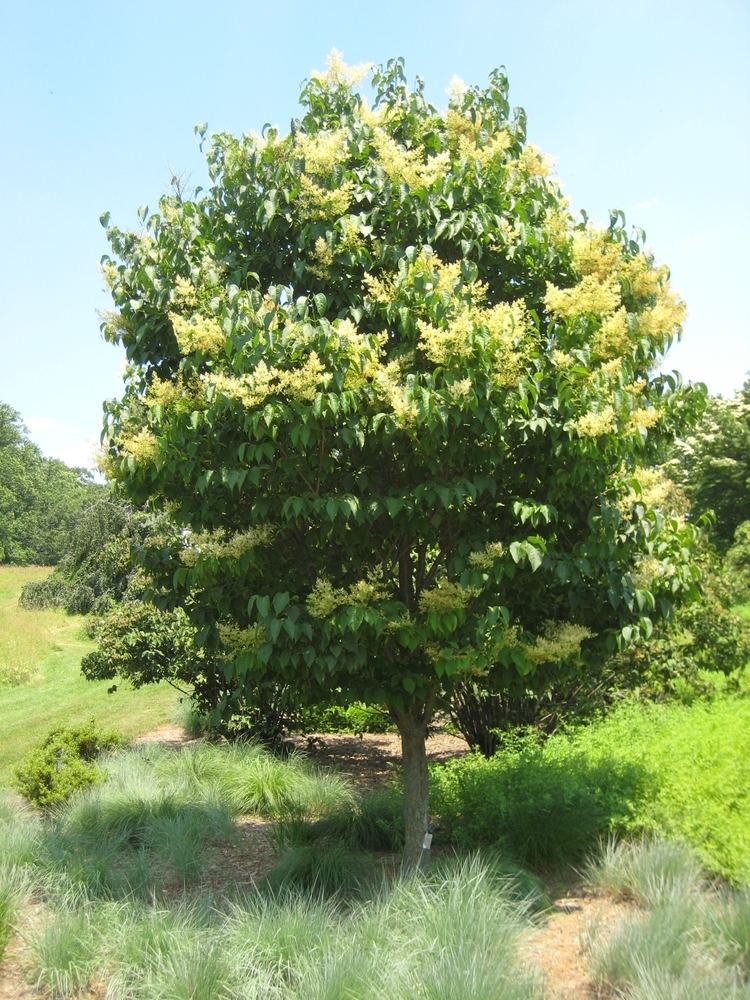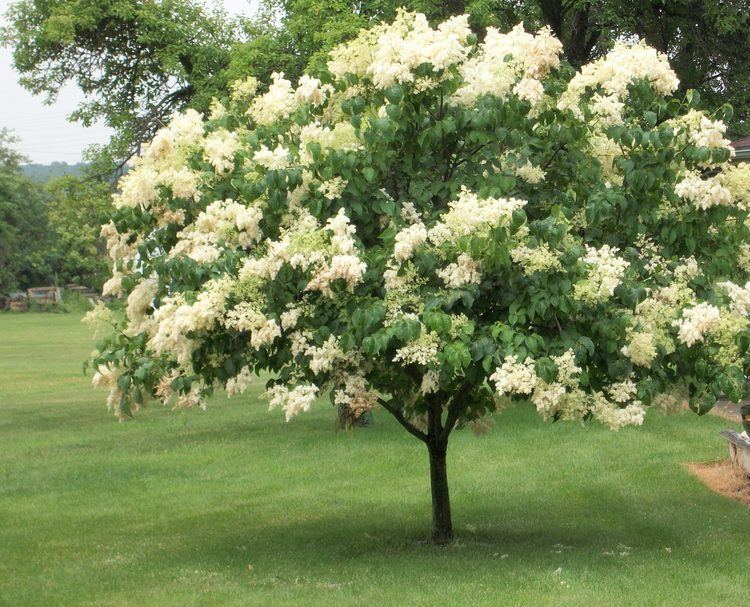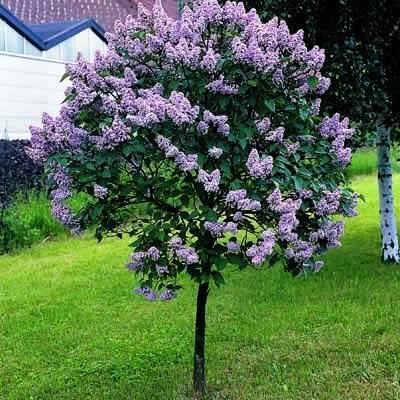Kingdom Plantae Family Oleaceae Scientific name Syringa reticulata Rank Species | Order Lamiales Genus Syringa Higher classification Lilac | |
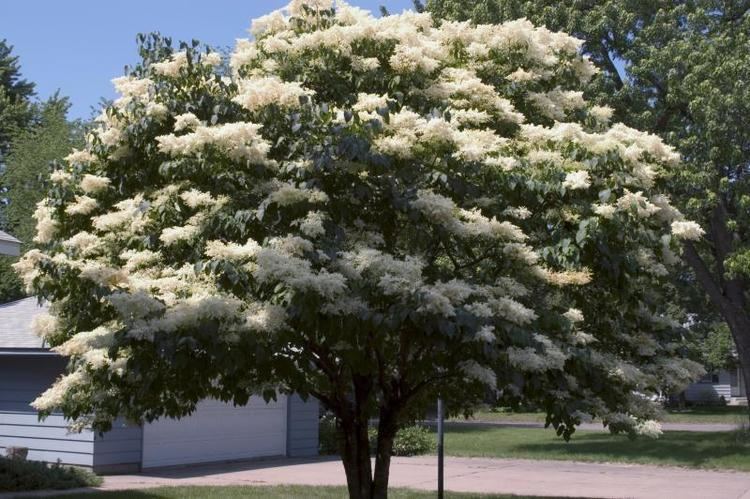 | ||
Similar Lilac, Oleaceae, Common lilac, Syringa josikaea, Syringa meyeri | ||
Japanese tree lilac syringa reticulata
Syringa reticulata (Japanese tree lilac; Chinese: 暴马丁香 bao ma ding xiang; Japanese: ハシドイ hashidoi) is a species of Lilac, native to eastern Asia: in northern Japan (mainly Hokkaidō), northern China (Gansu, Hebei, Heilongjiang, Henan, Jilin, Liaoning, Nei Mongol, Ningxia, Shaanxi, Shanxi, Sichuan), Korea, and far southeastern Russia (Primorye).
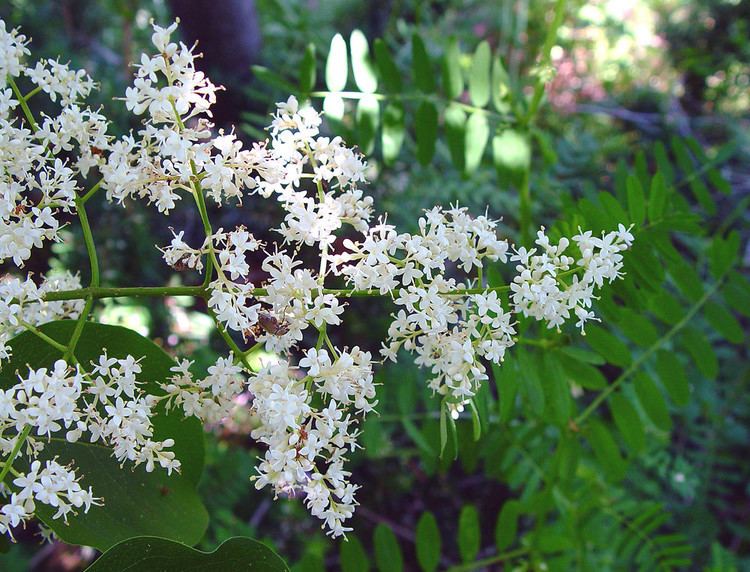
Syringa reticulata is a deciduous small tree growing to a height of 39' (12 m), rarely to 49' (15 m), with a trunk up to 11.8" (30 cm), rarely 15.7" (40 cm) diameter; it is the largest species of lilac, and the only one that regularly makes a small tree rather than a shrub. The leaves are elliptic-acute, 1"-6"(2.5–15 cm) long and 1/2"-4" (1–8 cm) broad, with an entire margin, and a roughish texture with slightly impressed veins. The flowers are white or creamy-white, the corolla with a tubular base 0.16"-0.24"(4–6 mm) long and a four-lobed apex 0.12"-0.24" (3–6 mm) across, and a strong fragrance; they are produced in broad panicles 2"-11" (5–30 cm) long and 1"-8" (3–20 cm) broad in early summer. The fruit is a dry, smooth brown capsule (15–25 mm long), splitting in two to release the two winged seeds.

There are three subspecies:
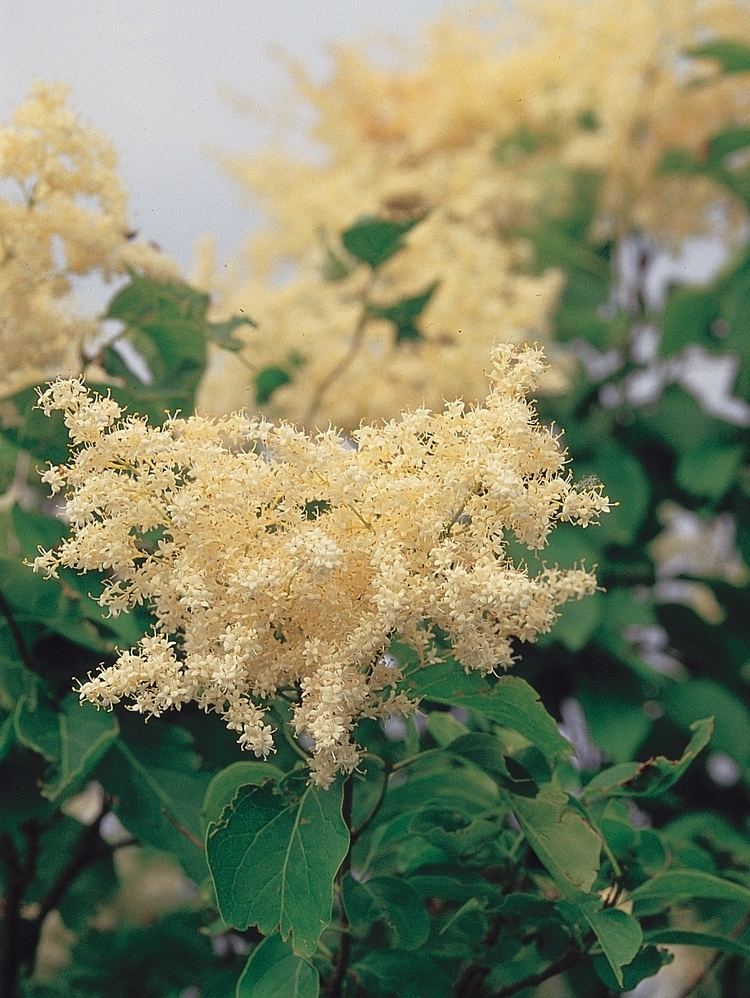
It is grown as an ornamental tree in Europe and North America.
